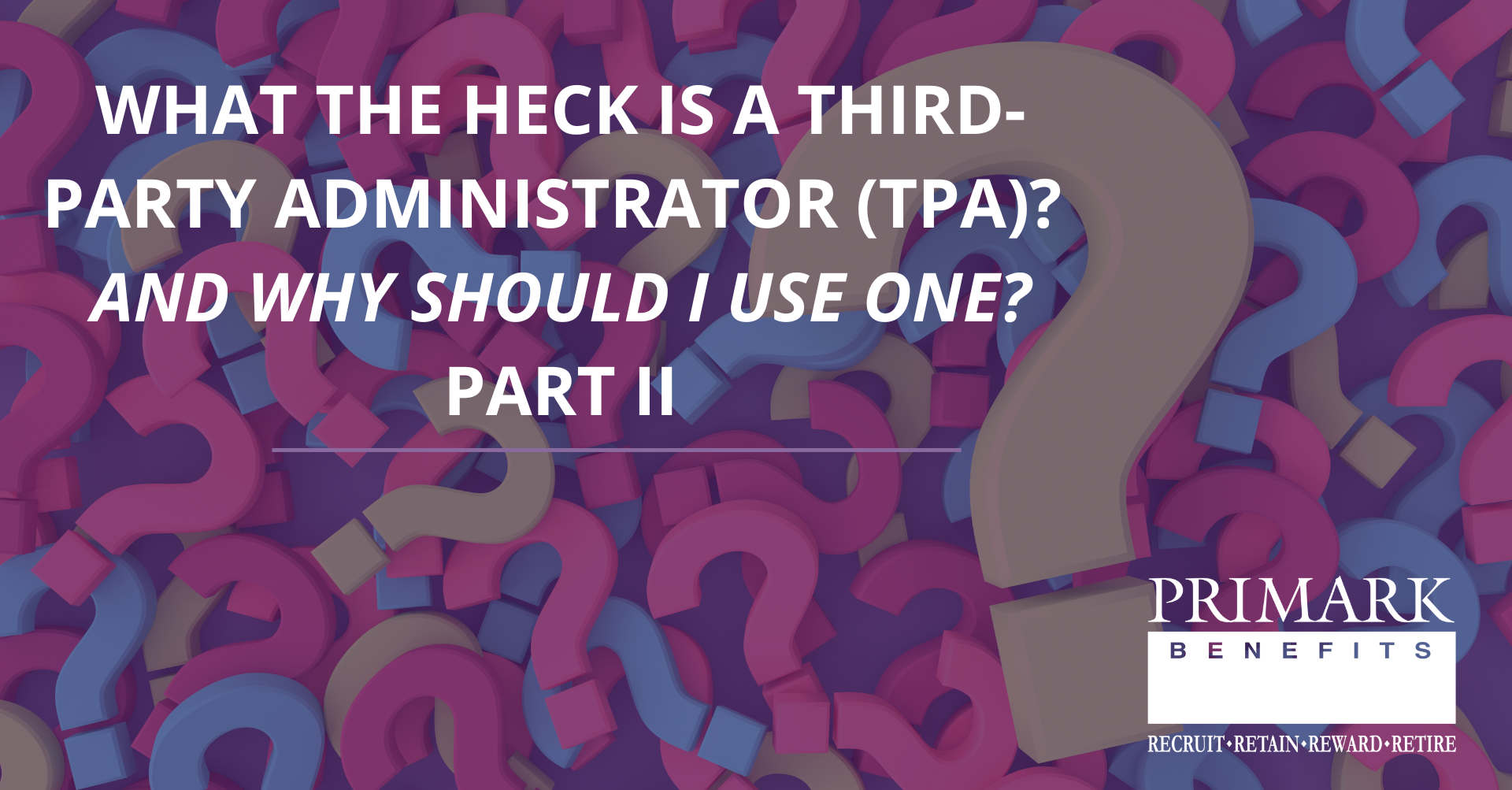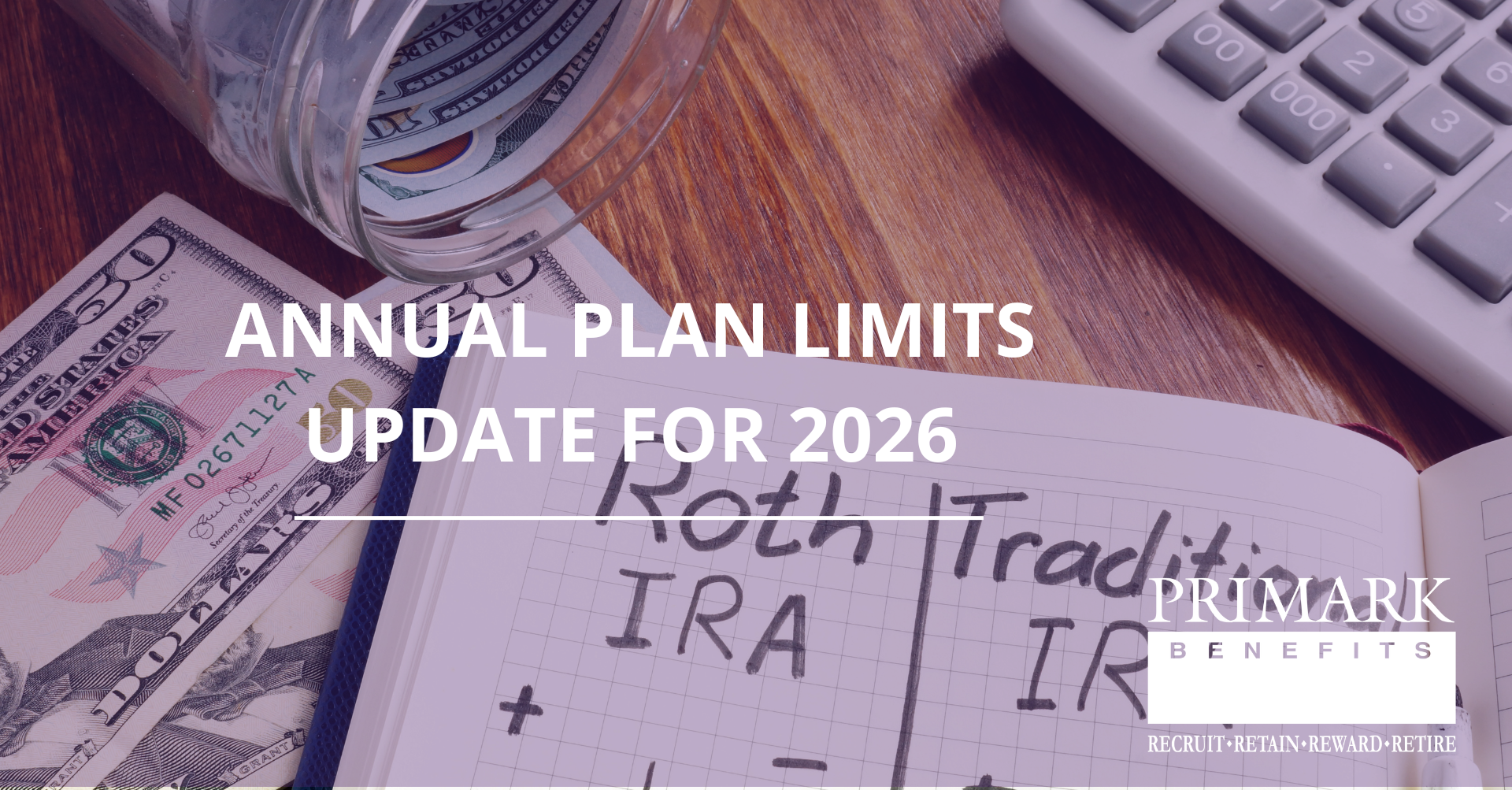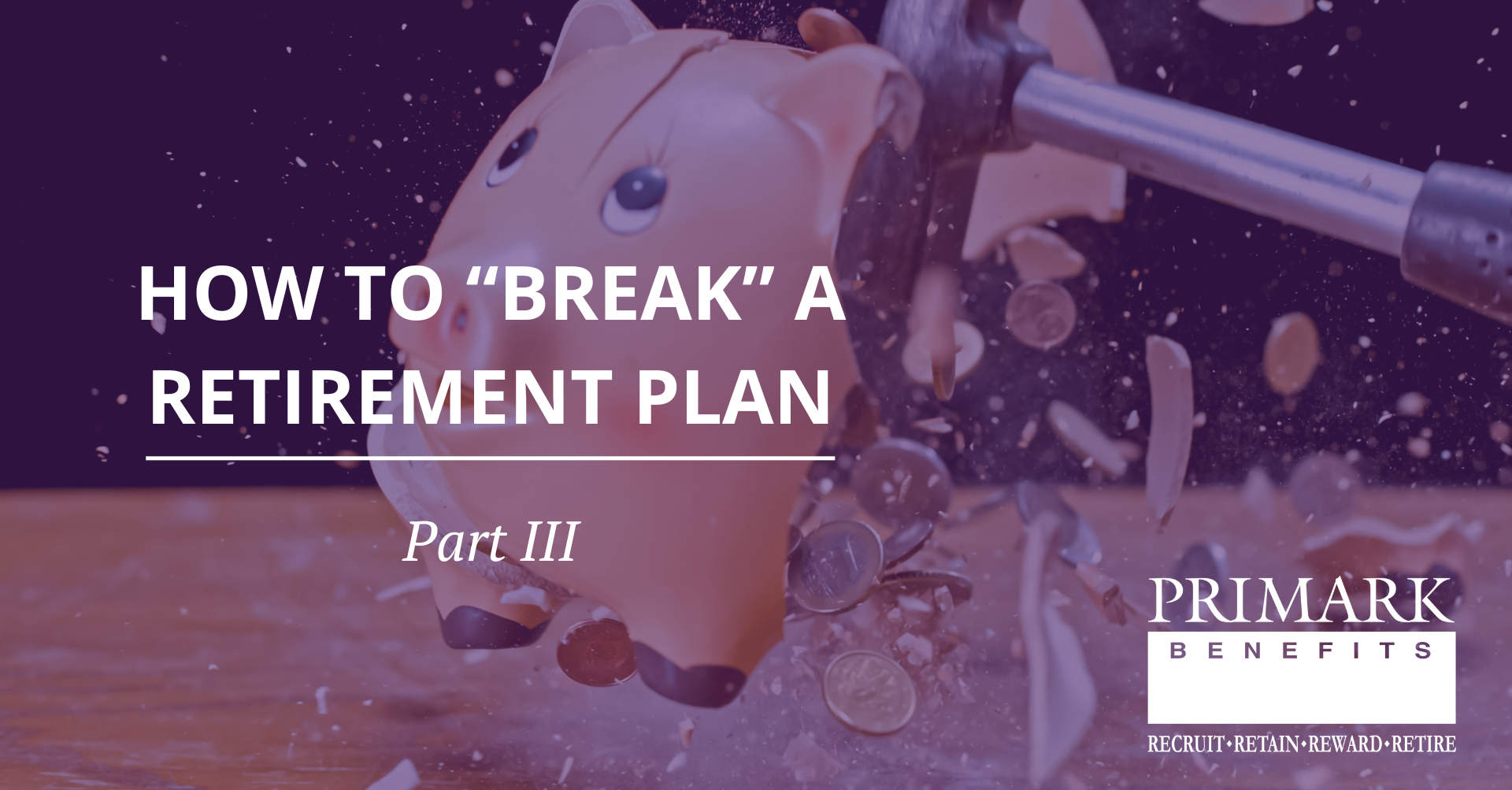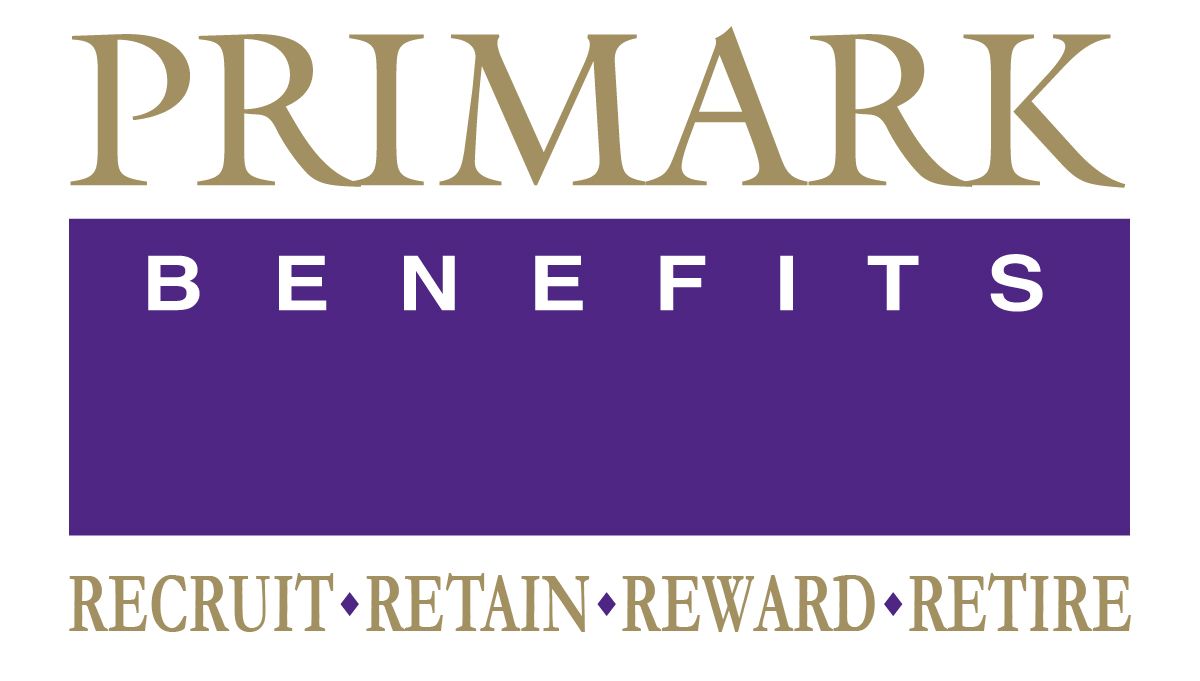What the Heck Is a Third-Party Administrator (TPA)? And Why Should I Use One? Part II
When most people think about retirement plans and pensions, what comes to mind are the big-name players: government systems, large corporations, and the financial institutions that support them such as banks, brokers, and investment firms. These organizations tend to be the visible “faces” of retirement savings, managing assets, issuing account statements, and promoting their expertise through marketing and media. But behind the scenes, there’s another essential player who often goes unnoticed: the Third-Party Administrator, or TPA.
In a previous post, we explored how TPAs have emerged to meet vital client needs that large investment firms often overlook, such as tailored plan design, compliance, and personalized service. If you missed that article, click here to read it before diving into today’s topics: The risks of relying solely on asset-driven providers, and why personalized plan administration still matters.

Asset-Driven Plan Administration: Frequent Downsides
Many large retirement plan providers offer “bundled” solutions, where investment management and plan administration are combined under one roof. Often, these solutions rely on an asset-based pricing model, meaning their profitability is tied primarily to the amount of money in the plan. Though this model may only advertise a low-cost participant fee, there are usually additional fees hidden in complex disclosures that quietly reduce participant savings as plan assets grow.
The Importance of Personalized Service
In addition to the hard dollar costs, there are also numerous “soft” costs associated with the asset-driven model. For starters, customer support is frequently outsourced to external call centers, staffed by agents with limited training or authority to solve problems, even simple ones. The result? Frustrating cycles of long wait times, repetitive explanations, and unresolved issues.
Firms specializing in third-party administration, on the other hand, often take a different approach. Industry best practice dictates that when a plan participant or sponsor calls their TPA with a question, they speak directly with someone familiar with their specific plan — not with a “generalist” or a script reader in a distant call center. This kind of direct access reduces time spent tracking down information and enables concerns to be addressed much more quickly and accurately. That type of service shouldn’t be a bonus, it should be the baseline.
The Rise of Robo-Advisors
In addition, at larger institutions, customer service is often relegated to automated systems, where your issue may not even be addressed by a human. This might seem efficient on the surface, but when things go wrong - such as a misplaced trade or mishandled transaction - there’s often no one who can provide a solution. In contrast, TPAs have trained professionals, ideally credentialed with one or more industry-related designations, who understand the intricacies of retirement plans and the steps necessary to fix errors as soon as they arise.
The Future of Retirement Plan Administration
As we look ahead, the role of third-party administrators will continue to evolve. The shift towards automated systems and robo-advisors may be tempting for some companies, but the truth is that these systems can’t replace the human expertise that TPAs provide. When retirement plans are complex or errors arise, it takes knowledgeable professionals to provide the right answers.
In the end, whether you’re an employer, a participant, or part of a plan’s advisory team, choosing the right retirement plan administrator can make all the difference. A TPA is there not just to process paperwork, but to provide the support and expertise necessary to ensure that your retirement plan remains compliant and works for everyone involved. When administration is handled thoughtfully and accurately, everyone — from plan sponsors to investment professionals — can stay focused on long-term outcomes instead of short-term fixes.
In a future post, we’ll discuss the importance of designing a plan tailored to your business.




